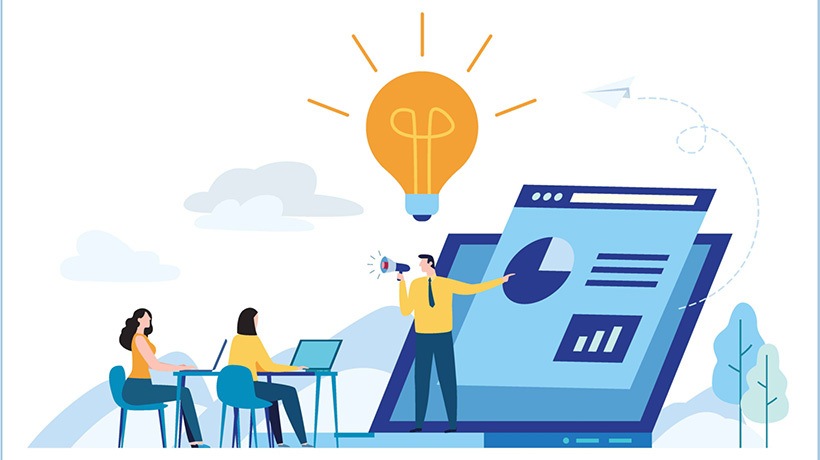Instructional Designers Vs. eLearning Developers
Let’s have a look at the principal differences between Instructional Design and eLearning development in itself before seeking out the difference between the individuals that use these skill sets.
The Difference Between Instructional Design And eLearning Development
While Instructional Design is all about creating an effective and memorable learning experience for learners, eLearning development is more about using different tools, strategies, programming, and creativity to make the Instructional Designer’s vision come to life. While Instructional Design is about getting a Subject Matter Expert to share their expertise and focusing on what the novice learner needs, an eLearning developer has to be able to understand and apply the Instructional Designer’s vision to a concrete form. They need to develop a course that follows the blueprints that the Instructional Designer has laid down. To put it simply, Instructional Designers typically design the broad outlines of the course, researching pedagogical approaches and determining what types of skills or knowledge the learner needs to know, while the eLearning developer then takes these ideas and creates the actual instructional material, following the recommendations of the Instructional Designer. In a lot of organizations, however, a single individual performs both these duties, hence the confusion.
Let us now understand the different phases of the design and development of an eLearning course to understand how the duties of an Instructional Designer and an eLearning developer are divided.
The Phases Of eLearning Design And Development
1. Discussing The Scope And/Or Design Of The Course
Before design and development even begin, the Instructional Designer will have to have a meeting with the stakeholders, typically the higher authorities of the organization, to understand what the course will look and feel like, and which features will be included. Then, a design document will be created to put all this into paper (or file).
2. Determining Course Objectives
Once the design document has been created, the Instructional Designer will work with the stakeholders to determine what the course objectives will be. It is here that they will collect any material from them, which will include anything from links to existing websites, scanned handwritten notes to a general outline in a Word Doc or PDF. The Instructional Designer will also map out interactions and activities to ensure these objectives are met in the most engaging and memorable manner.
3. Developing Content
This is the main phase where usually an eLearning developer comes in. The eLearning developer will have everything explained by the Instructional Designer, and all the documents and research will be handed down to them. They will also consult with the SMEs (Subject Matter Experts) if the Instructional Designer hasn’t already done so, and even if they have, they will continue consulting the SMEs whenever required. They will then divide the content into lessons and topics, encapsulate the content into a storyboard and send the storyboard for approval.
4. Review
The storyboard will be reviewed by either the stakeholders, the client (if there is one) or the L&D manager. Any changes that have to be made will be added into the storyboard, and it will be reviewed again and again until it is fit to be developed into a proper course.
5. Production
Once the storyboard has been approved, the actual development or production of the course begins. As the eLearning developer has everything they need already, they just have to put every piece of content in place in the course with the proper navigation activities, animations, and interactions, add any programming or code if required, and turn it into a unit of learning. This course will be reviewed by the concerned authorities again and again, and changes will be done by the eLearning developer until it is fit to be delivered to the learners.
The whole process of design and development of an eLearning course makes quite clear what the roles and duties of an Instructional Designer and an eLearning developer are. I hope you gleaned something from this article that will be helpful to you in your L&D endeavors.









